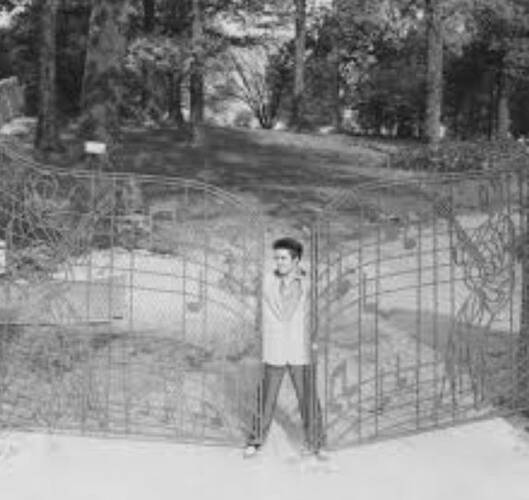Plan Ahead for Your Easter Gathering with These Fun Easter Games
Easter is a time of joy, celebration, and fun for people of all ages. It's a holiday that is often associated with various traditions and games that bring families and communities together. From egg hunts to creative craft activities, Easter games offer a wide variety of entertainment, often with a mix of outdoor and indoor options. Here are some popular Easter games that add fun and excitement to the occasion.
1. Easter Egg Hunt
The Easter Egg Hunt is perhaps the most iconic of Easter games. This activity involves hiding plastic or real eggs filled with small treats, toys, or chocolates in a designated area—typically in a garden or park. Children (or adults, in some cases) then race to find as many eggs as possible within a set time frame. Some variations of the egg hunt may include special "golden eggs," which contain a bigger prize, adding an element of competition and excitement. The Easter Egg Hunt is not only fun but also a great way to encourage kids to explore their surroundings and engage in physical activity.
2. Egg Rolling
Egg rolling is another classic Easter game that dates back to ancient traditions. In this game, participants roll hard-boiled eggs down a hill or incline and try to make them roll the farthest or hit a specific target. The egg that travels the farthest without breaking is the winner. This game is both fun and a bit challenging as it requires a steady hand and the ability to predict the egg's trajectory. It’s a simple yet competitive game that can be enjoyed by people of all ages.
3. Egg and Spoon Race
The Egg and Spoon Race is a well-loved Easter game that can be played by people of all ages. Players must balance a hard-boiled egg (or a plastic one) on a spoon while running from one point to another. The catch is that the egg must remain on the spoon during the race; if it falls, the player must stop and replace it before continuing. This game can be played individually or in teams, and it’s often turned into a relay race for added excitement. The Egg and Spoon Race encourages coordination, balance, and quick reflexes, making it an enjoyable challenge.
4. Pin the Tail on the Bunny
A fun and Easter-themed twist on the classic "Pin the Tail on the Donkey" game, this version involves a large poster of a bunny, and participants must try to pin (or attach) a tail onto the bunny while blindfolded. The person who places the tail closest to the correct spot wins. It’s a great game for younger children, as it’s easy to set up and doesn’t require too much physical exertion. The game provides plenty of laughs and encourages friendly competition.
5. Easter Basket Relay Race
In this team-based game, players are given Easter baskets and must race to a designated point, where they fill their basket with eggs (real or plastic) from a pile. Once they’ve gathered their eggs, they race back to the starting point and pass the basket to the next team member. The first team to collect all the eggs and finish the race wins. This game promotes teamwork, speed, and a sense of urgency while being a lot of fun.
6. Easter Bunny Says
A variation of the classic game "Simon Says," Easter Bunny Says is a fun activity for younger children. The leader (the Easter Bunny) gives commands, such as "Easter Bunny says hop like a bunny" or "Easter Bunny says wiggle your ears," and players must follow only the commands that begin with "Easter Bunny says." If the leader gives a command without saying "Easter Bunny says," anyone who follows it is out. It’s a game that’s perfect for getting kids moving and thinking carefully about their actions.
7. Egg Toss
Egg Toss is a fun outdoor game that involves pairs of participants standing at a distance from each other and tossing a raw egg back and forth. With each successful catch, the players take a step back, increasing the distance between them. The pair that manages to toss and catch the egg without it breaking wins. This game can get messy quickly, which only adds to the fun, and it’s a great way to enjoy the spring weather while testing hand-eye coordination.
8. Easter Bingo
For a more relaxed Easter game, Easter Bingo is an excellent option. Using Easter-themed cards with images of bunnies, eggs, flowers, and other symbols, players mark off the pictures as they’re called out. The first player to complete a row, column, or diagonal wins a prize. It’s an easy game to set up and can be played by people of all ages, making it ideal for family gatherings.
Conclusion
Easter games are an excellent way to bring people together and celebrate the holiday. Whether it’s the thrill of hunting for eggs, the challenge of balancing eggs on spoons, or the laughter from a competitive relay race, there’s no shortage of Easter activities to enjoy. These games not only create lasting memories but also offer opportunities for physical activity, teamwork, and fun. Whatever the tradition, Easter games are sure to bring joy to everyone involved.
Read More














































